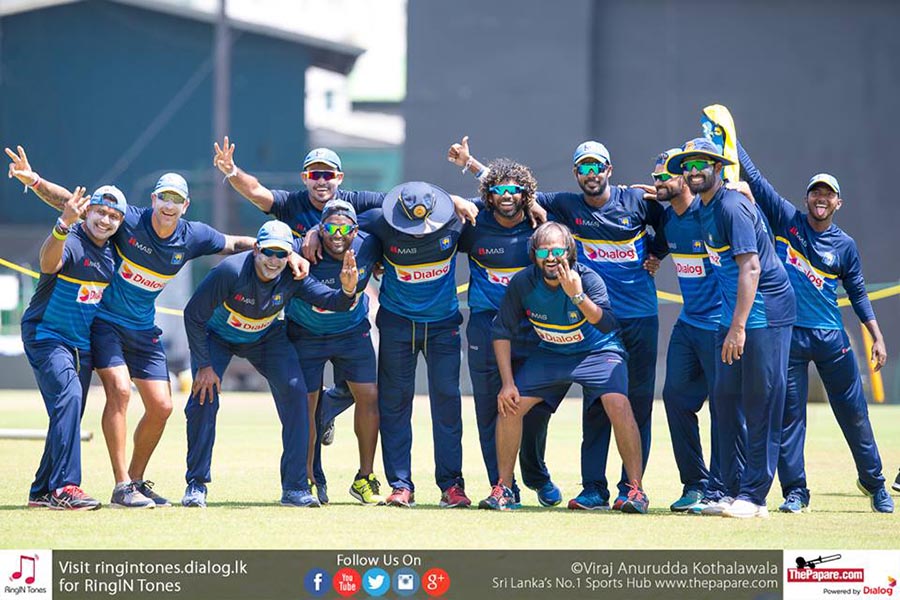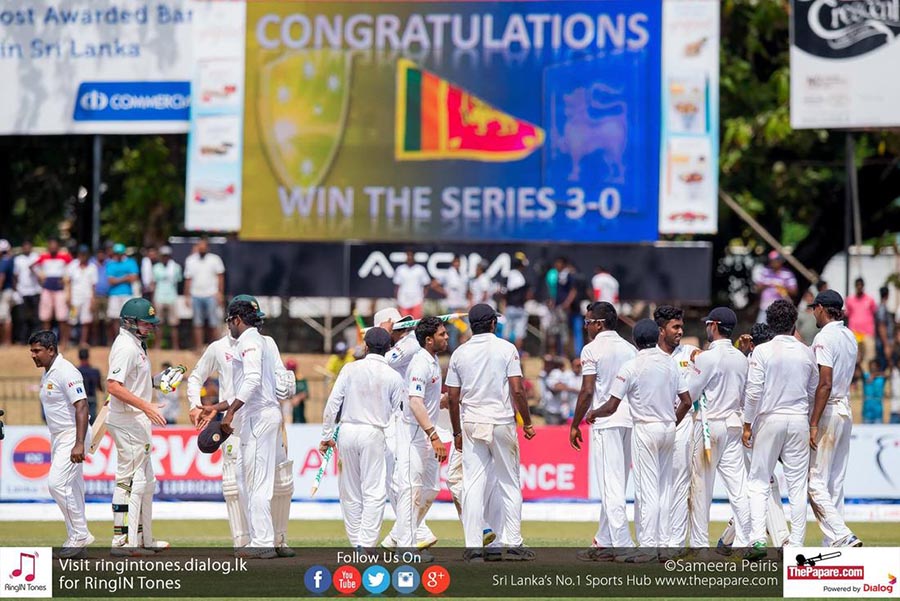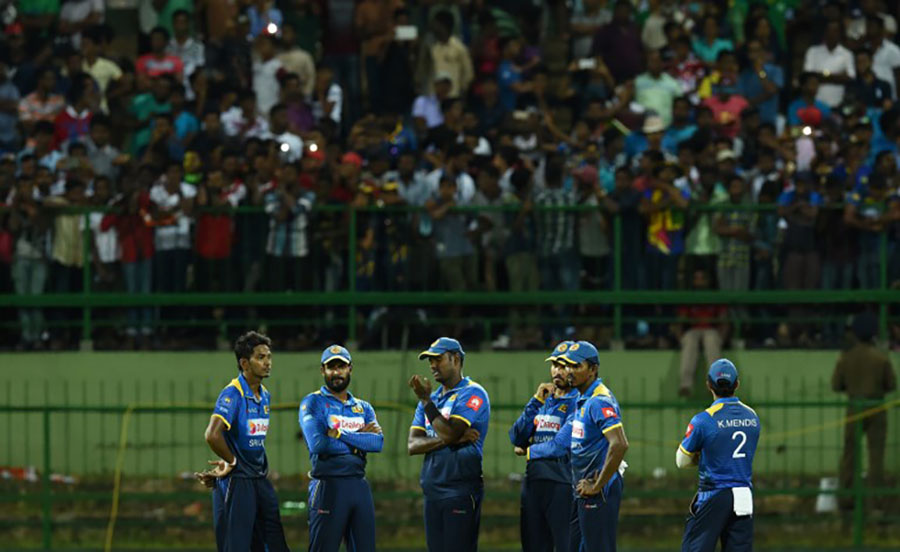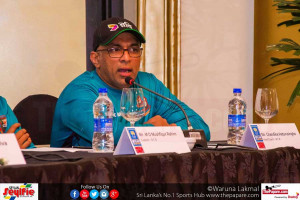Gone! And it’s all over. Sri Lanka have completed a historic first-ever series whitewash over Australia. Kandy, Galle, and at the SSC, the Sri Lankan spinners, and the conditions have proved too much for Steve Smith’s men. While the Australians are left to rue yet another bitter disappointment in the subcontinent, there was a sense of renewed hope amongst the Sri Lankan sporting community. Hope that we had finally the makings of a team that could go on to do great things.
There was now a good balance between experience and youth. Angelo Mathews and Rangana Herath had been around for a while. Kusal Mendis showed how immensely gifted he was with a breathtaking hundred at Pallekelle. Sandakan and Dilruwan Perera looked to be the perfect foil for Herath, and young Dhananjaya De Silva had a steely presence about him. Surely Sri Lankan cricket had turned the corner, and was on the ascendency.
Fast forward twelve months later, and all hell seems to have broken loose. The selection committee headed by master-blaster Sanath Jayasuirya 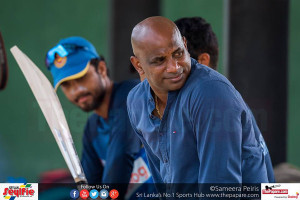
How the tables have turned!
The crowd unrest seen last Sunday was a new low, as hitherto Sri Lankans were considered to be good sporting fans who took victory and defeat in much the same manner. I sincerely hope this sort of behavior is nipped in the bud. There is simply no place for it. Furthermore, the resentment shown by these few are ill directed. There is no point blaming those on the field, whilst the fault lies squarely on the powers-that-be and the faulty system that put them there.
So how and where did it all start to go pear shaped?
It’s hard to point a finger as to when the rot started to set in. Personally, I felt that SLC and the selection committee were somewhat too easily swayed by the results when the team toured South Africa. In terms of test cricket, it’s one of the hardest places to tour and play. The Proteas bowling attack is of the highest quality, and the conditions are tailor made for fast, hostile bowling – something Sri Lankan batsmen are very unaccustomed to. Following that tour Kaushal Silva was dispensed with, when none of the batsmen really covered themselves in glory. The home series against Bangladesh was another chastening experience. After Sri Lanka won in Galle, that Tigers came back strongly to upstage the hosts at the P. Sara Oval to share the honours. It just goes to show the tremendous strides Bangladesh cricket have taken in recent times, with Chandika Hathurusinghe at the helm. A man not too long ago deemed ill-qualified to be on the coaching team by the board of his motherland. Hathuru seems to have had the last laugh.
The alarm bells should well and truly have gone off during that Bangladesh visit. But a patchy win in the ODI series served to paper over the cracks. Cracks that only widened and completely gave way when perennial easy-beats Zimbabwe came calling. Over the five-game ODI competition, the Africans were undoubtedly the better side, clinching the decider at Sooriyawewa. Another huge step backwards, when you consider that the hosts fielded their front-line ‘stars’. This brings me to another point. The ‘stars’ spoken of had fallen many moons ago. This is plain for all to see, except the selectors and SLC. Lasith Malinga has done a tremendous service to Sri Lankan cricket. He carved himself a cult following status with his hair styles and piercings. And at the height of his powers he was just a freak force with his yorkers and variations that bamboozled oppositions. But it’s clear to see that father time and injury have taken its toll on him. ‘Slinga’ is not half the threat he used to be, and prolonging his international ODI career threatens to do more harm than good. 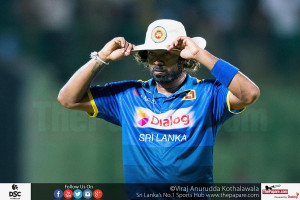
Then we have the likes of Thisara Perera and Chamara Kapugedera. If you want evidence of how an over indulgence of T20 cricket can ruin a cricketer, there is no better examples than Perera. The Josephian, once considered one of the brightest of all-rounder prospects has today disintegrated into an insipid ‘bits and pieces’ player. He now bowls military medium, without any ability to move the ball – either through the air or off the seam. This has seen him often being taken apart by quality opposition. Furthermore, his batting is virtually a non-event. Being powerfully built Thisara has the natural ability to clear the fence. But just doesn’t seem to have the mental strength to not lose his shape. His record with bat and ball pretty much tells the story. He averages a mere 17.53 with the bat, to go with an economy rate of 5.79 for his bowling. Another career ruined before its time by the lures of lucrative T20 leagues.
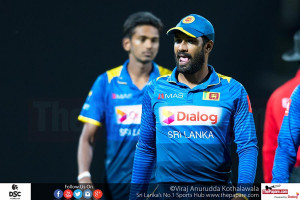
He should have a much better record tan he does now. And unfortunately he now seems to be well past his sell-by date. Upul Tharanga is pretty much in the same bracket – bags of experience, but just not able to make it count on the scoreboard consistently enough. That’s another reason why I felt that appointing Tharanga as ODI captain was a mistake. It was probably one of those last-resort decisions following Mathews abdicating the reigns. But one that has really backfired. When the captain repeatedly fails to complete the quota of 50 overs during the stipulated timeframe, that’s a pretty good sign that he’s out of his depth. Once again Tharanga is banned for slow over rate. In comes Kapu who does no better. Sri Lanka now have the dubious honour of appointing a third captain (Lasith Malinga) to see through a five-match ODI series. Who knows, we may even see a fourth if Malinga defaults as well.
But like I said earlier, it is the hierarchy and management that first need to take a long hard look in the mirror. Graham Ford is a top quality international coach. I would rather have seen Hathurusinghe in the job. But with SLC’s notoriety for unceremoniously ditching coaches, and its relative meagre purse they should’ve considered themselves fortunate to have secured Ford’s services. But what do they then do? They go and appoint a ‘Cricket Manager’. This role is not to be confused with that of the ‘Team Manager’. What does a ‘Cricket Manager’ even do? A first in world cricket. Asanka Gurusinha is duly appointed into that role, and Graham Ford is then asked to report into him. A recipe for disaster from the word go. I can well understand Ford’s displeasure at this structure, and shortly after, found this new arrangement to be untenable.
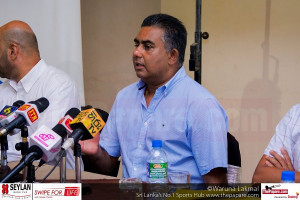
The upshot of it all is that Sri Lanka now sit just above the West Indies, Bangladesh, and Zimbabwe in the test rankings (in 7th place). In one-day cricket they sit even lower than Bangladesh in 8th place. And they hold the same ranking in the shortest format as well, being top of the tree not too long ago. It does not make pretty reading. The team is on the cusp of failing to seek automatic qualification for the 2019 World Cup. A loss on Thursday, and a path through qualifications becomes a harsh reality. The leadership has to put their hands up and take accountability. Change must happen, and I can’t think of a better time for it to happen.
My mind takes me back to when South Africa made a disappointing early exit at the 2003 World Cup, their home tournament. Following the fall-out, a rosy cheeked 21-year old Graeme Smith was made captain in a move that raised many an eyebrow. But Smith went from strength to strength to put South Africa cricket back on the map. Rather than turning to clapped out has-been’s to take our team forward, perhaps the time has come for SLC to take a leap of faith.

